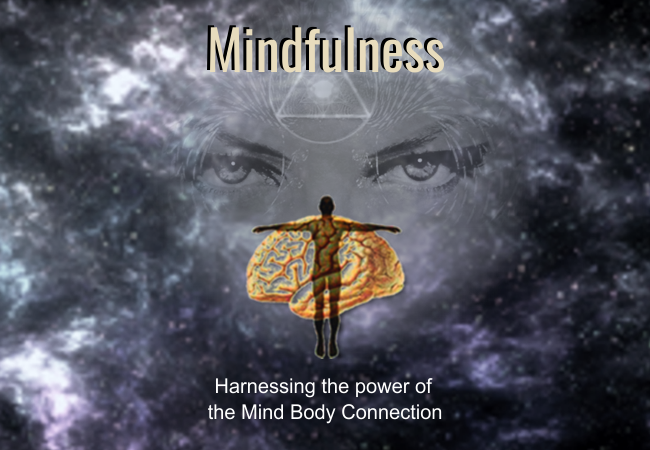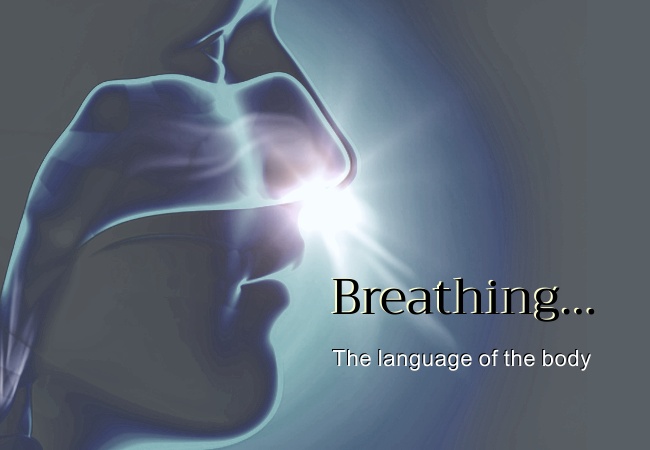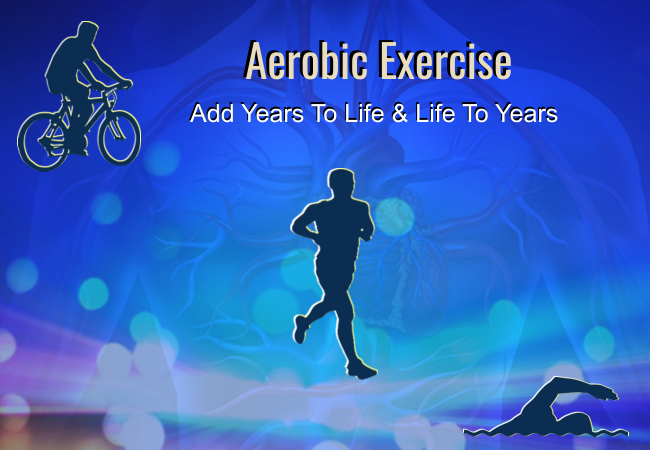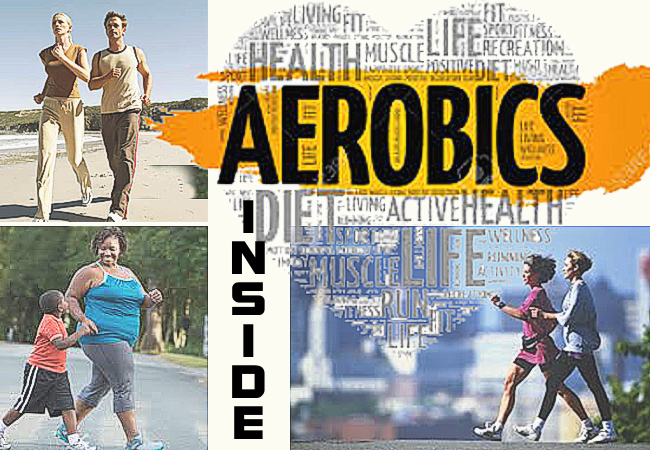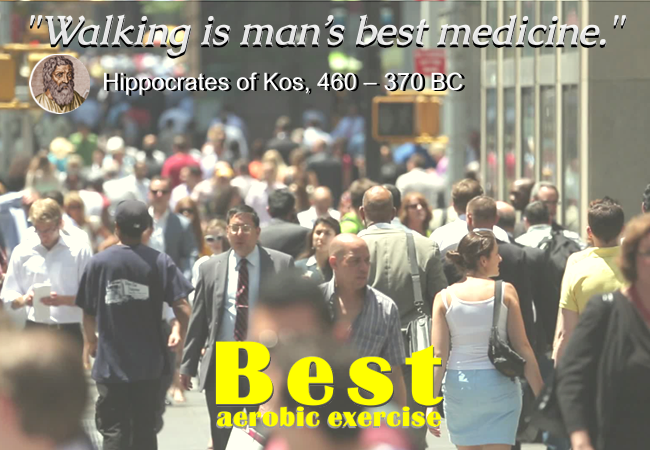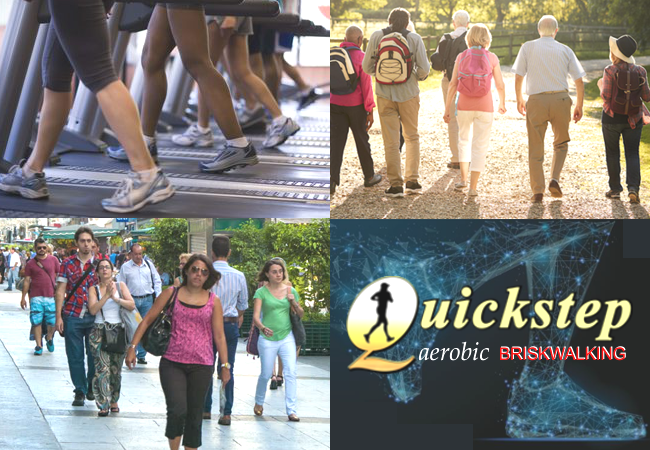People who walked longer distances, walked at a faster pace or both, enjoyed the greatest protection.
"Walking—or gait—speed is a powerful indicator of vitality."
"We're able to show that a person's capacity to move strongly reflects vitality and health."
“We are saying your body selects a walking speed that is best for you based on the health of all your body systems.
Your speed is your health indicator."

Stephanie A. Studenski,
MD, MPH.
Chief of Longitudinal Studies Section,
Translational Gerontology Branch,
National Institute on Ageing.

